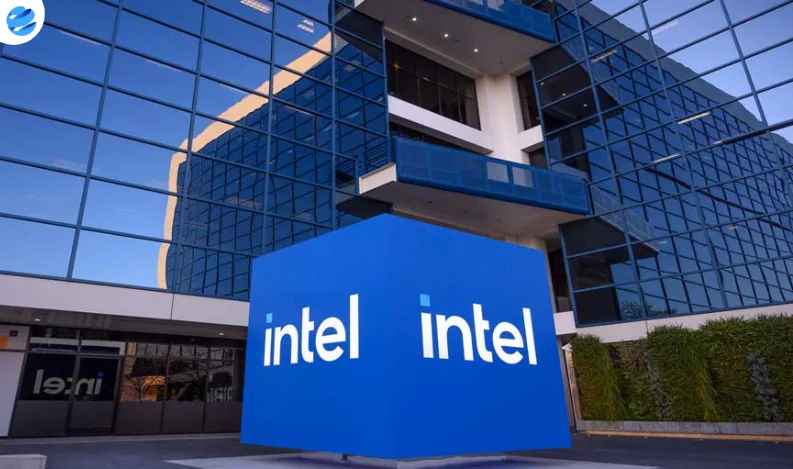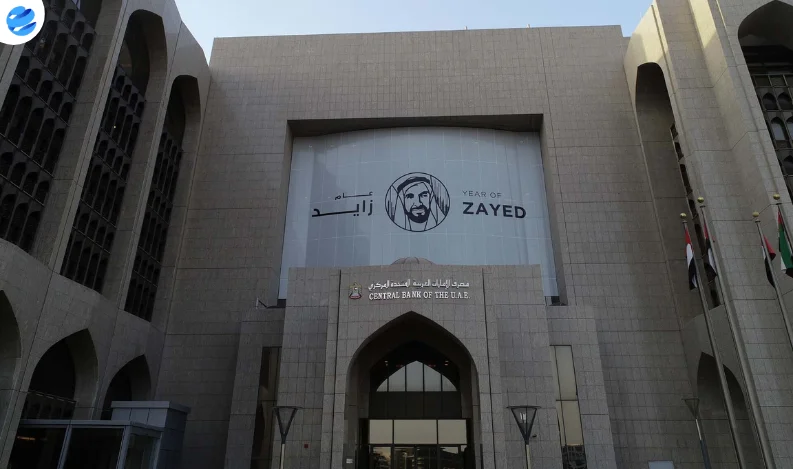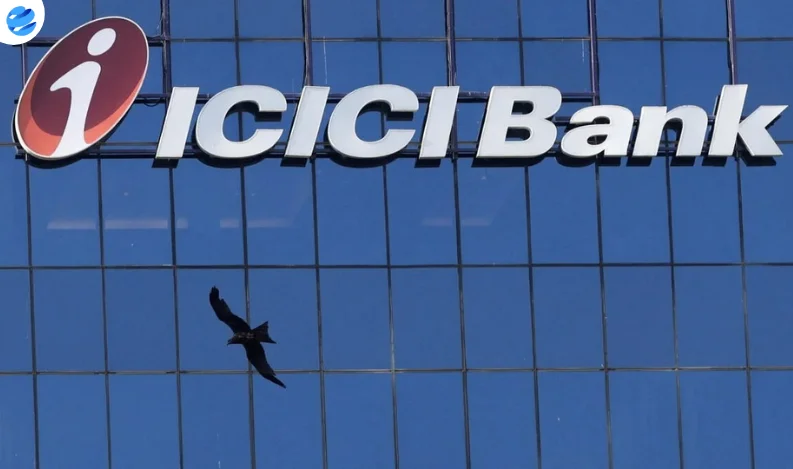Oil markets are bracing for a new wave of volatility after the United States launched military strikes against Iran’s nuclear sites, deepening its involvement in the ongoing conflict between Iran and Israel. Analysts warn that if tensions escalate further, crude oil prices could surge past $100 per barrel, marking a return to levels last seen during the 2022 Ukraine war shock.
As of early Asia trading on Monday, U.S. WTI crude rose over 2% to $75.22, while Brent crude climbed to $78.53 per barrel, as investors digested the potential risks tied to Iranian retaliation and disruption of global oil flows.
Strait of Hormuz: The World’s Energy Chokepoint
At the center of the geopolitical storm is the Strait of Hormuz, a narrow maritime passage connecting the Persian Gulf to the Arabian Sea. The waterway carries about 20 million barrels of oil daily, roughly one-fifth of global oil trade.
With Iran’s parliament voting to approve a possible closure of the strait, industry leaders and energy analysts are sounding the alarm.
“There is real risk of unprecedented supply disruption, potentially more severe than what we saw in 2022,” said Saul Kavonic, senior energy analyst at MST Marquee. A full closure, he added, could push oil toward $100 per barrel and trigger military intervention by Western forces to reopen the route.
Even without a full blockade, “harassment or delays through the strait could be enough to sharply lift prices,” Kavonic noted.
U.S. Involvement Raises the Stakes
Industry experts say the direct participation of the United States has transformed the conflict into a much larger threat for energy markets. “This time feels different,” said Andy Lipow of Lipow Oil Associates, pointing to a week-long barrage of missiles and escalated regional tensions.
Bob McNally, president of Rapidan Energy Group, warned that Iran, if pushed further, could target Gulf energy infrastructure, including oil and LNG facilities. “Any prolonged conflict or infrastructure damage could send prices beyond $100,” McNally said.
A Cautious Market Awaits Iran’s Next Move
Still, not all experts believe a full-blown oil shock is imminent. Vandana Hari, CEO of Vanda Insights, notes that threats to block the Strait of Hormuz have been made before, in 2011, 2012, and 2018, but were largely rhetorical.
So far, Iran’s energy infrastructure has not been targeted, and Iran has yet to retaliate beyond political gestures. Traders are waiting for more concrete developments before panicking, Hari added.
Meanwhile, crude volatility indexes have returned to March 2022 levels, signaling growing nervousness across financial markets.
As military tensions mount and oil benchmarks rise, the coming days could prove critical for both global energy flows and economic stability.























